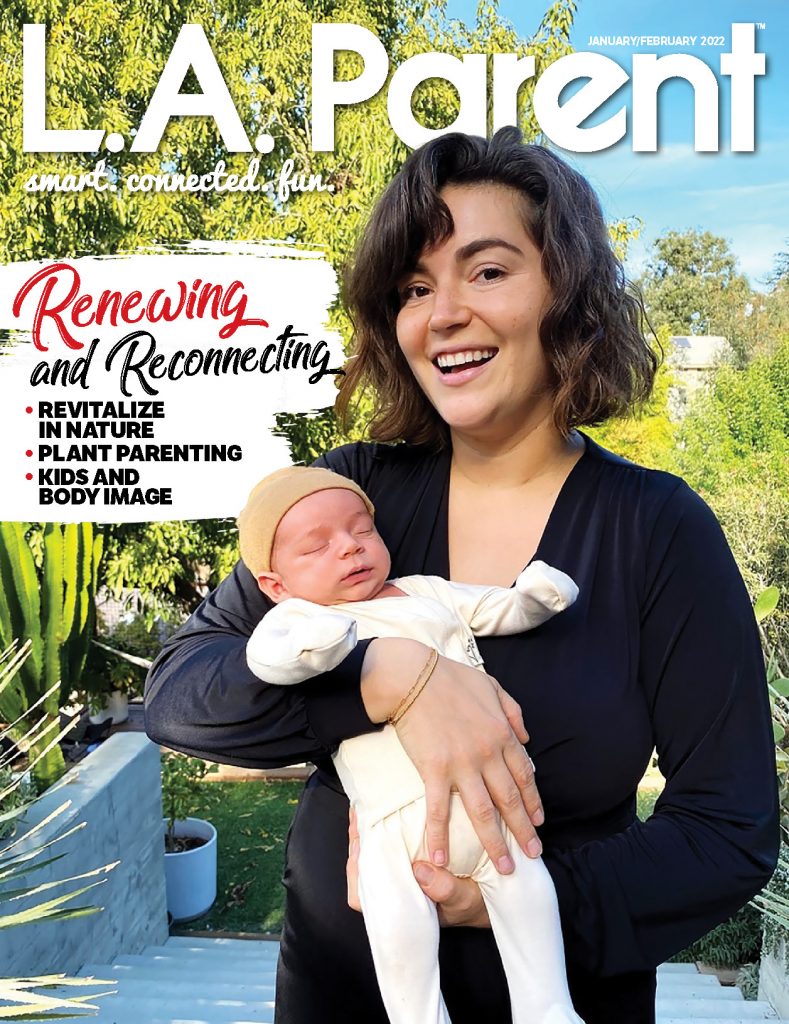Editor’s Note: This is part five of our seven-part series on sports and kids.
I recently turned to Bianca Edison, M.D., a sports medicine specialist with the Jackie and Gene Autry Orthopedic Center at Children’s Hospital Los Angeles, for some insight on how to prevent our kids from experiencing sports burnout. In this nine-part series, we explore the pressures to excel that kids in L.A. face, how to recognize burn out, what to look for in a team and much more. In this segment, she discusses sport injuries.
What are some common sports injuries you’re seeing? And how can these be prevented?
Data has shown that on average, one child every 25 seconds is seen for a sports-related injury in the ER. That does not even include the injuries seen in urgent care clinics, pediatrician offices or just on the field that have not yet come in to be seen.
Youth sports injuries are different than adult injuries because young athletes are growing physically and developing emotionally and psychologically, and they have open growth plates, which can make them more vulnerable. Youth athletes suffer both acute and overuse injuries that can affect the muscles, joints, and bones. Such injuries include strains, sprains, fractures, head injuries, dislocations and ligament tears.
We commonly see overuse injuries with the knee, the ankle, the arm, back, and shoulder. These kinds of injuries happen when athletes overtrain or try to do too much too soon. For example, a baseball pitcher may work on throwing harder and not give their arm proper time to rest in between workouts or may not realize the proper muscles to engage to power a throw. A runner or soccer player may overtrain and experience a stress fracture in the lower leg or a knee injury. A gymnast, with repetitive backbends, especially with improper form, may develop a stress fracture in the lower back.
There are many reasons why such injuries occur, including improper training, deconditioning, suboptimal readiness, suboptimal fueling, poor sleep, improper technique, equipment failure and biomechanical issues. Injuries are also more apt to occur during periods of fatigue and an athlete pushing through. The rate of ACL tears requiring knee surgery and UCL tears in the elbow requiring Tommy John surgeries have risen to a level rivaling that in professional athletes.
Injury prevention and risk reduction can be achieved. Making sure to assess the individual youth athlete is key and making sure there is an individualized approach to their development and training can definitely help. For example, development and puberty can come at different times and ages for kids. During that time of rapid growth, physical differences between youth can be dramatic, which can influence how they are able to train and participate in a particular sport. Growth spurts can temporarily affect coordination, balance and the ability to perform a particular skill. One’s center of gravity and muscle elasticity suddenly changes, and the brain and body has to re-equilibrate. Forcing through this period can be detrimental to the body and to a youth’s confidence.
For young athletes who compete at a high level, it’s imperative to gradually re-establish a solid foundation of basic fitness and conditional stamina before ramping up. In addition, sleep and rest does a body good! A research study from our group showed that those kids who did not sleep the recommended hours per night for their age had a 67% increased risk of injury.
Another study I led showed that those athletes who had suboptimal sleep performed worse on cognitive tests, which negatively affects the decisions they make on and off the field. For rest, having at least a total of three months off throughout the year, in increments of one month, from a particular sport of interest (while still remaining active) can facilitate athletes’ physical and psychological recovery. Youth taking at least one to two days off per week from their particular sport of interest can also decrease the chance for injuries.






































